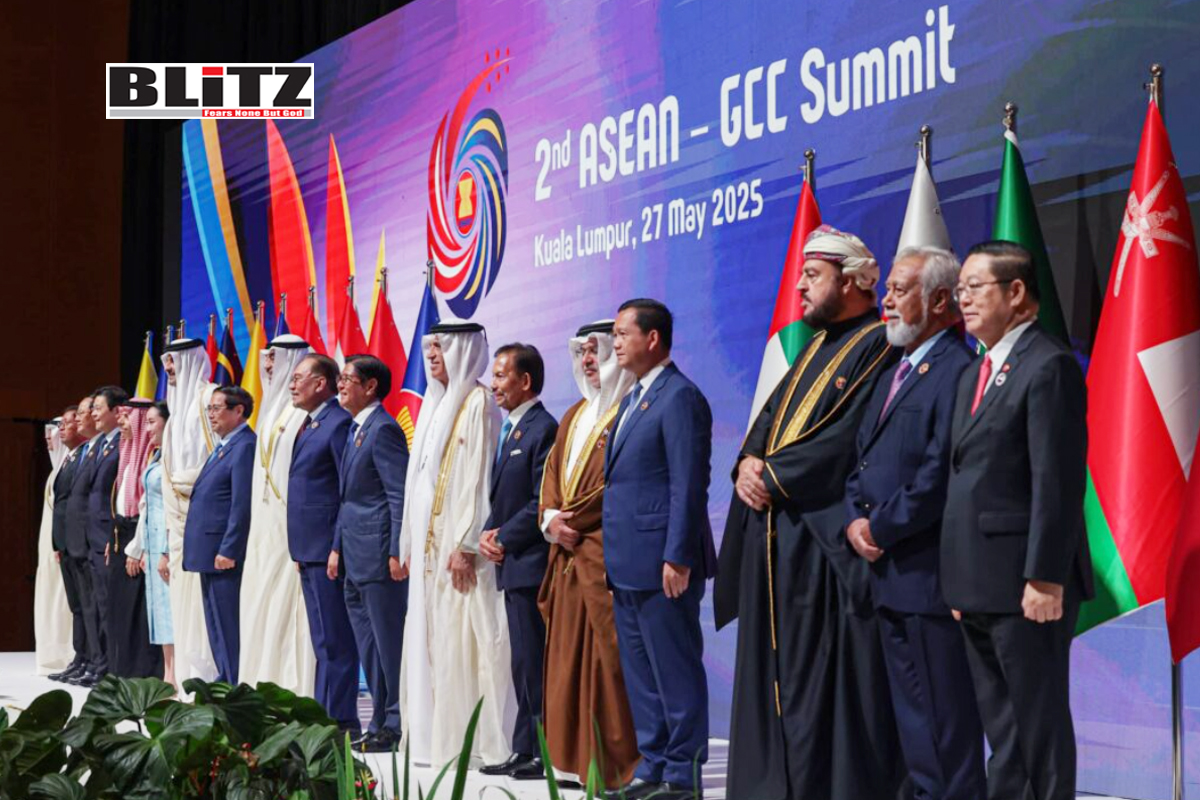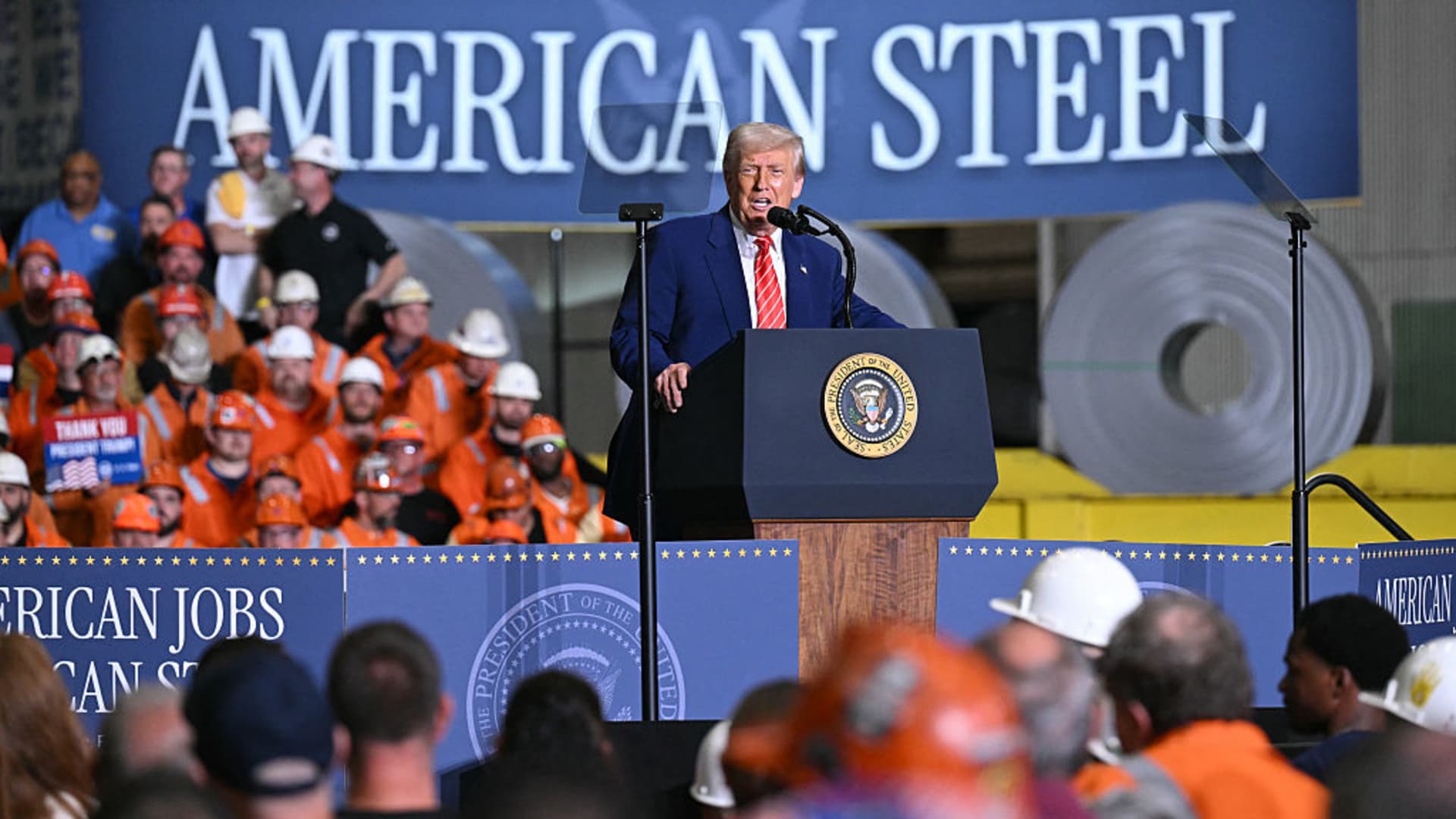In a diplomatic spectacle that could mark a turning point in global power dynamics, Kuala Lumpur hosted a historic trilateral summit on May 27 between China, the Gulf Cooperation Council (GCC), and the Association of Southeast Asian Nations (ASEAN). The gathering was more than just a forum for economic collaboration-it was a bold declaration of intent to reshape regional and global alignments in the face of shifting geopolitical tides.
Chinese Premier Li Qiang, along with heads of state and government from the GCC and ASEAN, convened for the first time in such a format to lay the groundwork for a new trilateral partnership. Although economic cooperation-especially in trade and investment-was a central focus, the summit signaled ambitions far beyond commerce. A nine-page communiqué released after the meeting revealed a wide array of objectives spanning energy security, foreign policy coordination, multilateral reform, and even the Israeli-Palestinian conflict.
The significance of this trilateral summit lies not only in its symbolism but also in its strategic ramifications. Collectively, China, the GCC, and ASEAN represent over 2 billion people-approximately one-fourth of humanity-and a combined GDP exceeding $24 trillion. That economic heft provides a solid foundation for shared prosperity, but also the leverage to challenge established powers and institutions, particularly in a world growing increasingly multipolar.
Trade undeniably catalyzed the formation of this new grouping. China is already the largest trading partner for both ASEAN and the GCC. China-ASEAN bilateral trade reached nearly $1 trillion in 2024, comprising 29% of ASEAN’s total trade, while over 25% of GCC petrochemical exports are now destined for China. These deep trade links are being reinforced by updated free trade agreements and fresh investment opportunities discussed during the two-day economic summit following the political meeting.
The escalation of tariffs and protectionist policies under successive US administrations, particularly starting with Donald Trump’s economic nationalism, created new urgency for diversification. Many summit participants echoed the need to adapt to a global trading system increasingly shaped by American unpredictability. The high tariffs imposed by the US have rendered many ASEAN and GCC exports less competitive, prompting the exploration of alternative markets and supply chains.
In that context, China appears not just as an economic partner but as a safe harbor from the storm of Western economic nationalism. Beijing’s consistent advocacy for a rules-based global trading system-anchored in the World Trade Organization (WTO)-resonated with regional leaders seeking stability amid global uncertainty.
Perhaps the most compelling political narrative to emerge from the summit is China’s newfound role as the global champion of multilateralism-a role once occupied by the United States. In an era when Washington has questioned the value of institutions like the WTO and often acted unilaterally, Beijing has seized the opportunity to fill the void.
The final communiqué emphasized trust-building and adherence to international norms. It repeatedly affirmed the importance of the WTO, lauding its role in creating a “predictable, transparent, nondiscriminatory and open global trading system.” It also underscored the need for mutual respect, sovereignty, and the peaceful resolution of disputes, using language clearly intended to contrast with the more unilateral approach taken by the US in recent years.
While many of these points might seem boilerplate diplomatic language, the context gives them deeper meaning. China is positioning itself as a stabilizer in a fragmented world-an ironic twist, considering that much of the post-World War II global order was shaped by American efforts to institutionalize free trade and diplomacy.
Though economic concerns sparked the summit, the range of topics on the agenda reveals that this is far more than a trade bloc. Energy security was a focal point, particularly as the global energy transition accelerates. The GCC, home to the world’s largest oil and gas reserves, is seeking reliable long-term markets. China, a leading energy consumer, sees strategic value in deepening these ties-especially as its own economy transitions to greener technologies while still requiring fossil fuels in the interim.
Security discussions extended beyond energy. The summit addressed terrorism, regional stability, and even foreign policy alignment. Notably, the communiqué included a detailed stance on Gaza, reaffirming support for a two-state solution and calling for humanitarian aid. This move, while symbolic, aligns all three actors on an issue that continues to dominate headlines and could enhance their diplomatic relevance on the global stage.
Another irony underpins this strategic convergence. ASEAN was originally formed in 1967 with US backing, primarily to contain the spread of communism, particularly Chinese influence, in Southeast Asia. Today, China and ASEAN are deeply intertwined, economically and diplomatically. Communist governments now sit comfortably within ASEAN’s ranks, and China has become its largest trading partner. Meanwhile, US influence in the region, while still considerable, appears increasingly limited to the military and security domains.
Despite the depth of cooperation on display in Kuala Lumpur, it would be mistaken to interpret this new partnership as a wholesale pivot away from the United States. Both ASEAN and the GCC continue to rely heavily on US security guarantees, and none of the participants appear eager to replace Washington with Beijing in that realm. Instead, what is unfolding is a diversification of strategic partnerships-a hedging strategy that allows these countries to maintain close ties with the US while also embracing China’s economic and diplomatic outreach.
From China’s perspective, the summit helps advance its long-term goal of establishing itself as a peer to the US on the world stage. With two of America’s key regional partners now aligned with Beijing on a broad spectrum of issues, China is strengthening its geopolitical hand without firing a shot or building a single new base.
The GCC-ASEAN-China summit was a quiet but seismic shift in the global landscape. It underscored the erosion of US influence in shaping the global economic order and highlighted China’s evolution into a proactive architect of regional and international cooperation. As trade wars and unilateralism continue to undermine trust in the existing global system, new alliances like this one suggest a reordering of priorities and allegiances.
While it remains to be seen whether the lofty goals set out in Kuala Lumpur will be realized, one thing is clear: the world is entering a new era in which regional groupings, anchored by emerging powers, are poised to play a far more central role in shaping the global future. The GCC-ASEAN-China axis may well be the first of many.
Please follow Blitz on Google News Channel
Anand Sharma, a Special Contributor to Blitz is research-scholar based in Nigeria.
china-gcc-and-asean-forge-strategic-alliance-beyond-trade-and-economics















Leave a Reply